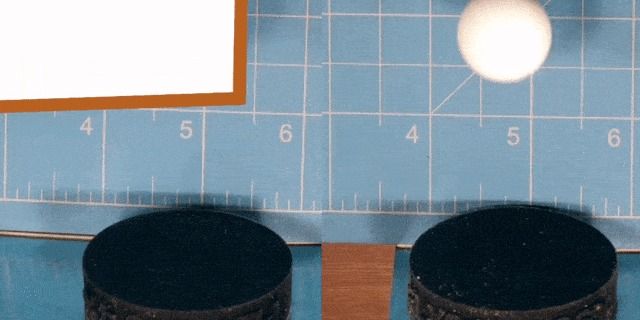Oct 6, 2016
Antiobesity Drugs In Nanoparticles Target Fat Cells Like Missiles
Posted by Shailesh Prasad in category: biotech/medical
In Brief.
Researchers have a new way to deliver antiobesity drugs to specific locations of the body by using nanoparticles, effectively stimulating weight loss without any harmful side effects.
Researchers from MIT, Brigham, and Women’s Hospital have recently tested a new way to stimulate fat loss through a pair antiobesity drugs. In this novel method, they made use of nanoparticles to deliver them to specific areas of the body.
Continue reading “Antiobesity Drugs In Nanoparticles Target Fat Cells Like Missiles” »


















